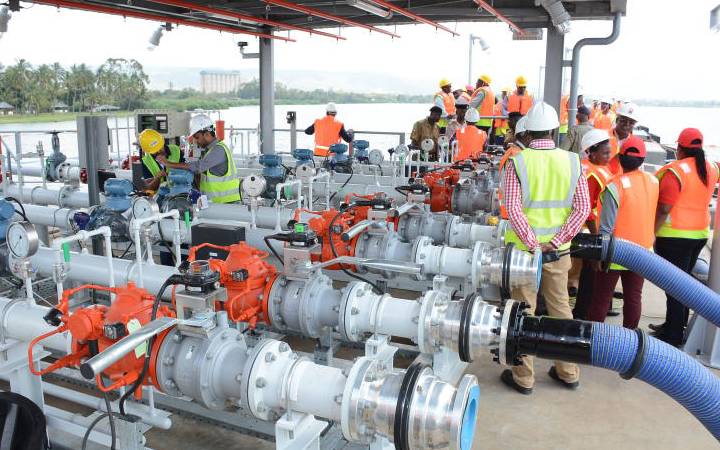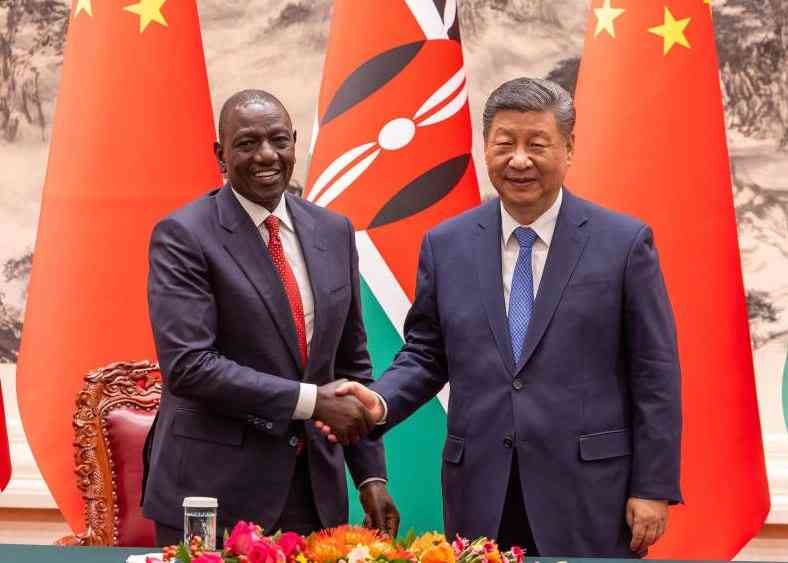×
The Standard e-Paper
Join Thousands of Readers

The new Kisumu Oil Jetty that was constructed at a cost of Sh1.7 billion at the Kisumu Pipeline Company (KPC). [Phillip Orwa/Standard]
Operations at the Sh1.9 billion Kisumu oil jetty are yet to begin 18 months after the facility was completed.







